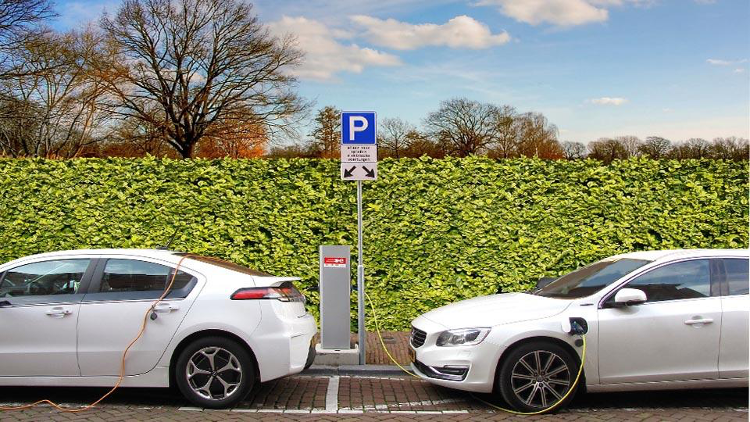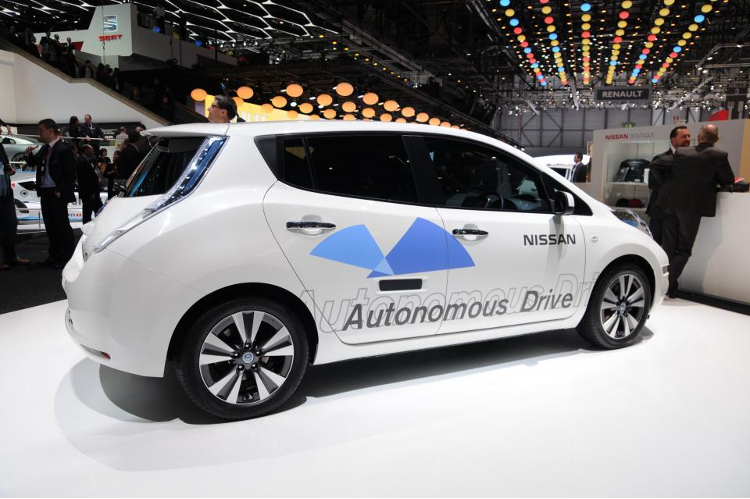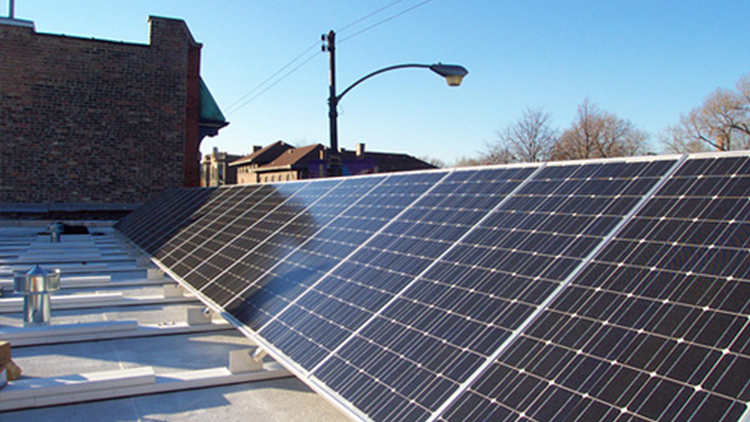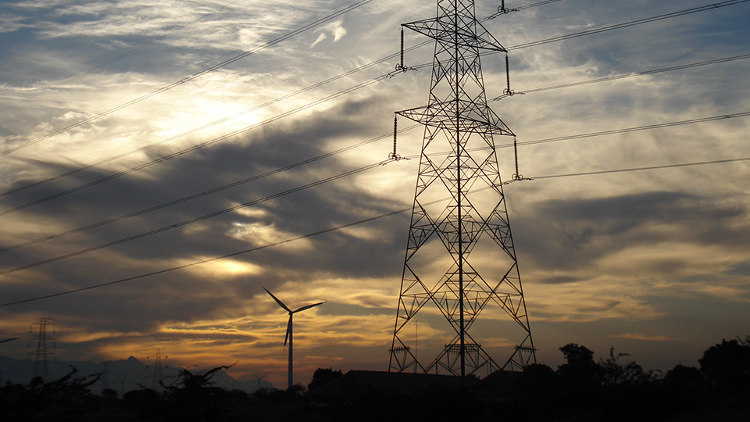
The Sustainable LA Grand Challenge of UCLA has an ambitious goal of helping transition Los Angeles County to 100% renewable energy by 2050 through innovations in science, technology and policy. An important first step is to determine the balance of accessible renewable energy resources and its distribution and storage. To address this data gap, researchers assessed the 2050 renewable energy potential for the Los Angeles region (defined by the City of Los Angeles, Los Angeles County and the greater metropolitan area, including the surrounding counties) and presented feasible pathways for achieving the 100% renewable energy goal. This study is a preliminary assessment of the energy portfolio for the entire L.A. region.
Award Year












